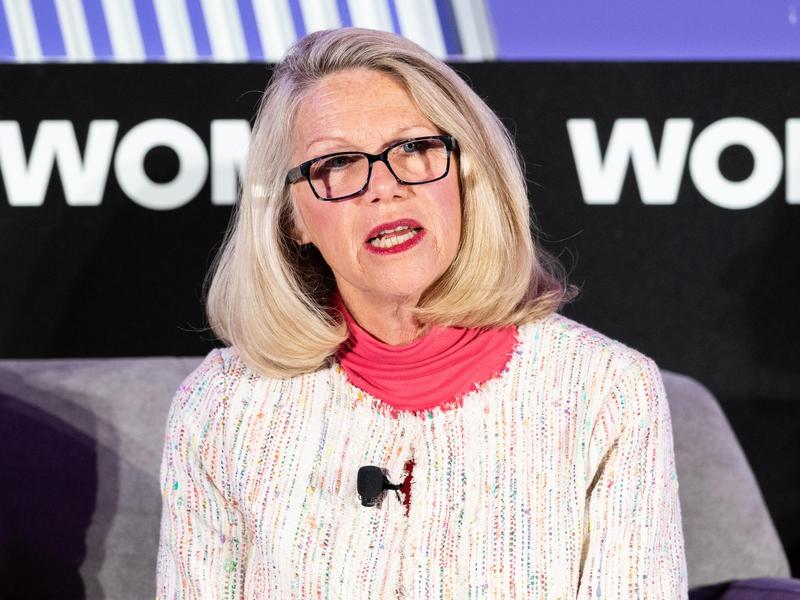
In the wake of Speaker Paul Ryan’s announcement this week that he was retiring from Congress, many have argued that President Trump’s take-over of the GOP is now complete. Ryan, it’s argued, decided it was easier to cede the party to Trump’s populist and nationalist ideology rather than try to fight it.
But, to make the Ryan a ‘victim’ of Trump-ism misses a central point: the GOP speakership was broken long before Donald Trump became president. And, the party had moved more in Trump’s direction – on everything from immigration to its disdain for “elitism”–before Trump ever became president.
If you want to trace the evolution of the modern GOP speaker, you have to start with Newt Gingrich. The 1994 “revolution” was the first remake of the GOP brand of leadership. Gone was the low-key style of longtime minority leader Bob Michel, in its place was a partisan, in-your-face, style that rewarded confrontation over compromise. The Dennis Hastert-era of the late 90’s and early 2000’s was defined by Hastert’s right-hand man, Tom “The Hammer” DeLay, who brought a new level of skill and partisanship to the job. Bipartisanship was replaced by the so-called Hastert Rule that said a bill would be brought to the floor only if at least a majority of Republican members supported it.
In 2010, John Boehner came to power at the same time the Tea Party rose to prominence and power. These new members came to town champing at the bit to confront not just President Obama, but their own party leadership. They didn’t care much for talk about “historical norms” or precedent. They saw Washington as a zero-sum game where one is either losing or winning. Boehner was constantly undercut by members of his own caucus, but also stripped his own office from power when he led the effort to ban earmarks. Without carrots – in the form of funding for member’s projects – the Speaker had nothing but a stick in which to keep members voting with their leadership. This, of course, also helped to breed even more partisanship. No longer could members be swayed by a bridge or a shipyard. Instead, they were told to “take one for the team.”
Ryan, the reluctant Speaker, was in a lose-lose position from the very start. While he and many in his circle wanted to see a Republican party broaden beyond its overwhelmingly white, male and rural base, the GOP conference had no interest in taking up immigration reform. Just ask former majority leader Eric Cantor about that. A party that relies on older, blue-collar voters was also never going to go for the kind of Medicare or Social Security reform for which Ryan has long advocated. Meanwhile, 70 percent of the Republicans in the House today were elected since 2008. In other words, until now, the only political dynamic they’ve known is one in which a Democrat sits in the White House. Their top priority for most of their political careers was to act as a check on Democrats. Now that they are in charge they are learning just how difficult it really is to build a coalition instead of simply trying to stop one from forming. Moreover, the wave elections of 2006, 2008 and 2010 swept out all of the most promising and committed moderates from both sides. It’s hard to pursue bi-partisanship when all the potential deal-makers are gone.
Finally, the GOP conference deserves as much blame for the current state of partisan antipathy as Trump. It was GOP leaders who, knowing they had a short window under reconciliation rules, pursued Obamacare repeal as their first major legislative action. Imagine for a moment that instead of taking up Obamacare, the Trump administration pushed an infrastructure or opioids-prevention bill. I don’t know that it could have resulted in anything passing. But, it could have opened the possibility for real, serious bipartisan legislation getting enacted. Instead, the only two major pieces of legislation that have been taken up by Congress–Obamacare repeal and the tax bill–have been done under reconciliation: an acknowledgment that bipartisanship is dead. Trump didn’t kill it. It had been killed long ago.
To be sure, Trump is ultimately responsible for pursuing a partisan agenda and for exacerbating the already deep partisan divide. He could have chosen to take a different path that would have re-written and redefined the currently ossified partisan coalitions in Washington. He could have tried to expand and grow his narrow base. Instead, almost everything Trump does, says, and Tweets is designed to cater to that base. But, it’s also true that the current rules of the game – pass what you can with only GOP votes – had been established long before Trump came to town.
Yes, Democrats are just as guilty of playing ruthlessly partisan politics. Moreover, President Obama was elected on a promise of bridging the red and blue divide and of uniting the fractured country, while in Congress his party passed one of the most substantive pieces of legislation in recent history–Obamacare–with only Democratic votes.
Ironically, it is this rise in the polarization of Congress–and the endless rounds of finger-pointing and blame for dysfunction of the body–that helped elect both Obama and Trump. Yet, both men decided the easiest and quickest way to pursue their legislative agenda was to ditch bipartisanship and encourage partisan loyalty.









Subscribe Today
Our subscribers have first access to individual race pages for each House, Senate and Governors race, which will include race ratings (each race is rated on a seven-point scale) and a narrative analysis pertaining to that race.